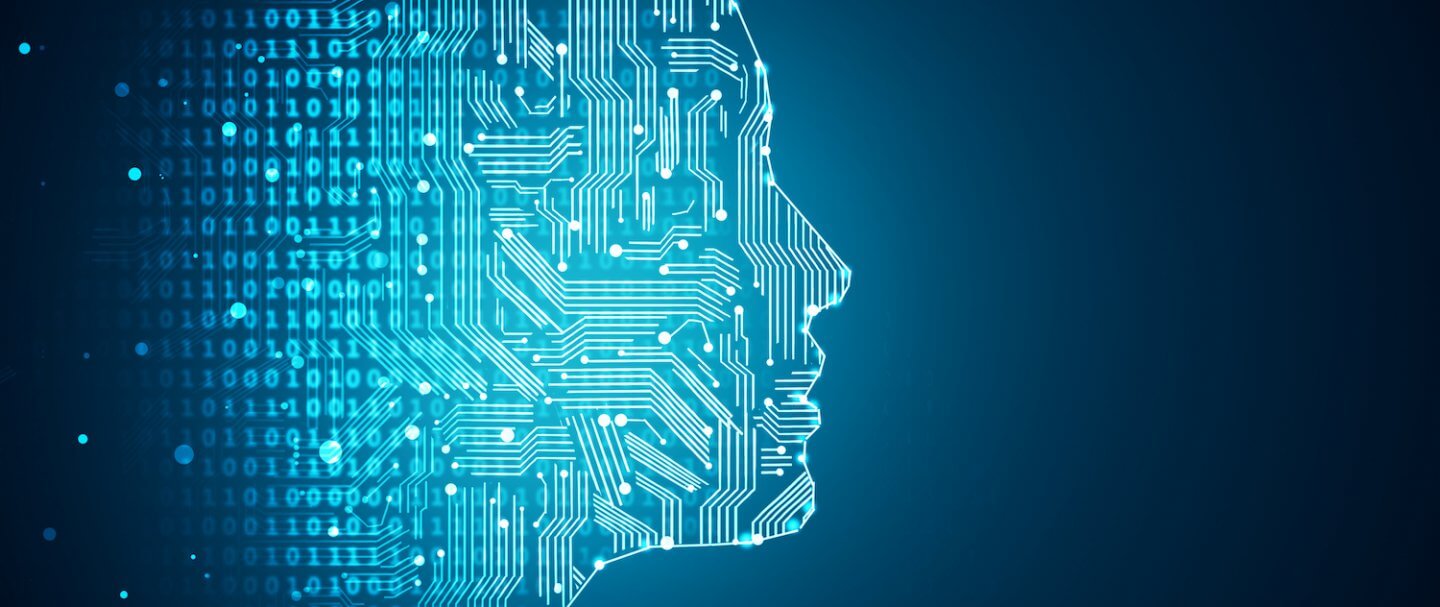
Smart devices just got intelligent, too: MediaTek’s Neuropilot range

DEPENDING on where you read it, the number of connected internet of things (IoT) devices will number between 10 and 22 billion by the year 2022. Whether it’s at the lower end of these figures or not, what is indisputable is that the network bandwidth required to carry IOT devices’ data will be considerable – probably large enough to require some expensive infrastructure improvements in due course.
One source of projected bandwidth hogging is thought to be the requirement to pass data from IoT devices to the Cloud to enable some sort of artificial intelligence (AI) capability. IOT devices are generally lightweight in terms of processing power, and so, therefore, any machine learning or similar algorithmic processing required means Cloud processing, and, results passed back to the device’s relatively simple processors.
However, the latest generation of IoT devices powered by MediaTek’s system-on-chip obviates the constant need to pass data onto more powerful processing platforms, as it’s capable of on-chip artificial intelligence, while still drawing low levels of power.
Any IoT device is some kind of compromise between power drain (typically battery life), the speed of networked communication, and inbuilt processing capabilities. MediaTek NeuroPilot is helping to bring AI to a wide range of devices, making it easier to bring AI into the mix by allowing AI code to run on CPU cores, GPU cores or even dedicated Artificial Intelligence processing units baked in (it calls this an APU).
By constructing code in one of the standard artificial intelligence frameworks (Caffe, Caffe, TensorFlow), development teams are able to write once, deploy many times. Developers conversant with Google’s Android Neural Networks API will find their work ports easily with minimum recoding.
MediaTek’s strategy, therefore, is one IoT powered with artificial intelligence on the edge, as opposed to in the Cloud. This means that network overheads remain low, power consumption for individual IoT devices stays low, and businesses and consumers likewise benefit from local, yet profoundly powerful devices in their workplaces or homes.
The ecosystem as MediaTek envisages it is a hybrid of edge-to-Cloud computing, with IoT devices able to communicate over low power channels such as NB-IoT (or other LPWA), WiFi and Bluetooth, right up to 4G LTE or 5G. If processing requirements are too onerous to be handled onboard and units need to leverage the power of the Cloud, Neuropilot devices have the ability to both act autonomously and deploy Cloud power on demand.
“Our customers and consumers want truly intelligent devices. From taking better photographs through the power of AI processing algorithms to improved voice and face recognition and accurate sensor information for autonomous driving, AI and machine learning is the technology to drive consumer products forward,” said Jerry Yu, Corporate Vice President and General Manager of the Home Entertainment Business Group, MediaTek. “With our broad range of chipsets, backed by our current and newly developed AI framework, MediaTek is poised to be a full ecosystem AI solution provider.”
The Taiwanese company is no stranger to artificial intelligence; its system-on-chip designs already power many modern smartphones, routers, Wi-Fi cameras and voice assistants. Earlier this year, Alibaba’s AI Labs and MediaTek announced a connectivity platform which enables smart home devices to pair automatically with the Tmall Genie – Alibaba’s voice-controlled smart assistant.

MediaTek intends to build AI into everything: opening the possibility of a massive range of products, ranging from relatively simple-yet-smart devices, right up to almost entirely autonomous, next-gen AI-powered IOT devices. For starters, the MediaTek Helio P60 smartphone system-on-chip epitomizes the potential offered by APU enhancements in next generation low-power devices. Other devices, including tablet, embedded, SmartTV and automotive launching this year will also include AI-enhancements.
To learn more about how MediaTek devices can power the next generation of your new products which will seize the initiative, and grab the imagination, get in touch with a local representative from MediaTek today.
READ MORE
- Ethical AI: The renewed importance of safeguarding data and customer privacy in Generative AI applications
- How Japan balances AI-driven opportunities with cybersecurity needs
- Deploying SASE: Benchmarking your approach
- Insurance everywhere all at once: the digital transformation of the APAC insurance industry
- Google parent Alphabet eyes HubSpot: A potential acquisition shaping the future of CRM
